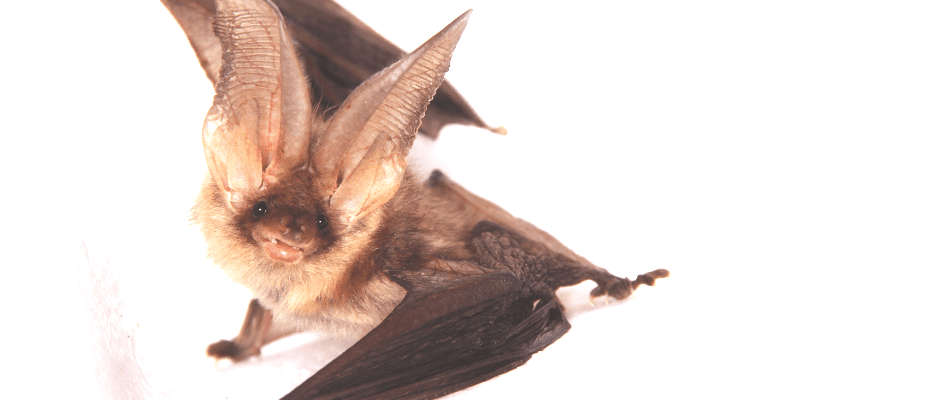Share this article
Collecting specimens could harm imperiled bats
Biologists around the world often go to the field and gather voucher specimens — organisms killed to serve as reference for future research. They’re crucial to scientists describing new species, but in some places, researchers might be ending the lives of bats to produce vouchers that are unnecessary and ecologically damaging.
In a global study, researchers recently drew attention to the potential conservation implications of taking too many bats — animals already otherwise threatened — as reference specimens for museums and other scientific institutions.
“The numbers are alarming because the trend in collecting voucher specimens in bats is exponential,” said Danilo Russo, first author on the paper published in Mammal Review. “If you collect specimens from populations that are already declining, this might harm them.”
Concerned by frequent instances of bat voucher collection he noticed in papers, Russo, assistant professor of ecology at the University of Naples Federico II, wondered if all these specimens were necessary. Sometimes, he said, researchers return from the field with whatever they can capture, including redundant specimens they won’t report in publications.
He examined the process on a global scale by reviewing literature published over the last two decades.
“Over 200 studies mentioned the collection of 7,500 bats from 376 species — a large number,” he said. “This is an indication of something that’s probably much more widespread.”
These findings apply particularly to South America and Asia, he said, where high biodiversity might complicate species identification and lead to the gathering of more vouchers.
“Some species collected were vulnerable, endangered or even critically endangered — 4 percent of the total,” Russo said.
Several bat species — including Myotis nyctor, the golden-capped fruit bat (Acerodon jubatus) and Lamotte’s roundleaf bat (Hipposideros lamottei) — are generally at risk due to a range of factors, such as habitat loss, pollution and wind energy, he said. “It’s important to be on the safe side and consider the risk that collecting may pose to the conservation of bats,” he said.
Russo believes countries with rapidly declining biodiversity should be stricter in protecting bats and granting permits for voucher collection, following the example of European and North American governments. Conservation biologists, too, need to be careful, he said, and “reduce, refine and replace collection as much as possible.”
Russo suggests alternate modern approaches, such as DNA analysis, x-rays and high-resolution digital photography. And if voucher collection is the only option, he recommends researchers check whether they can obtain the specimens they need in existing collections or through bats that died at wind turbines or rescue centers.
“We should limit collection to cases where it’s strictly necessary for research and not harmful to bat populations,” Russo said.
Header Image: Researchers captured a brown long-eared bat (Plecotus auritus) against a white background to highlight the species’ characteristics. ©Leonardo Ancillotto








